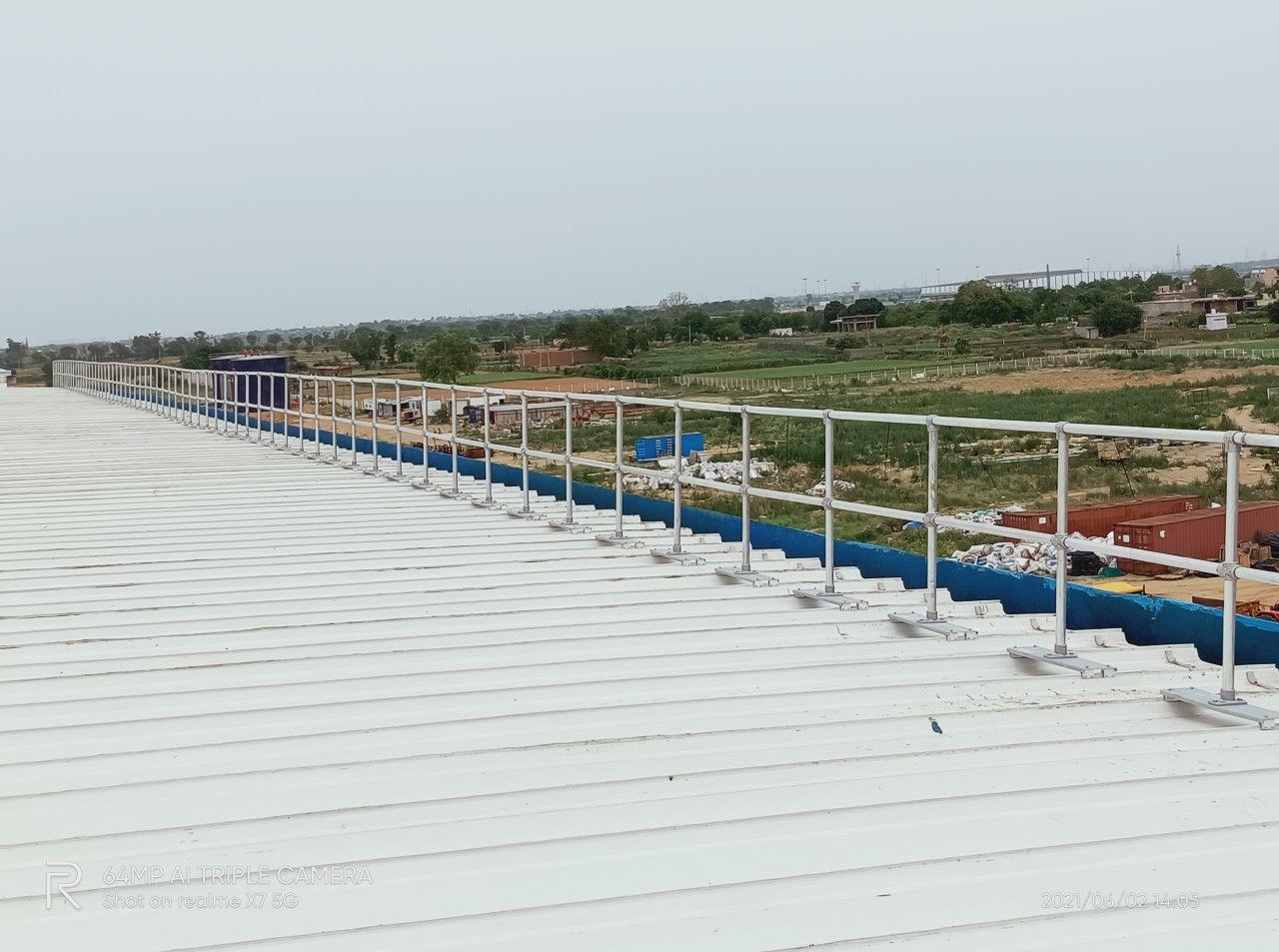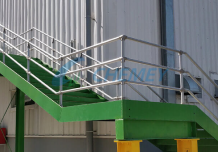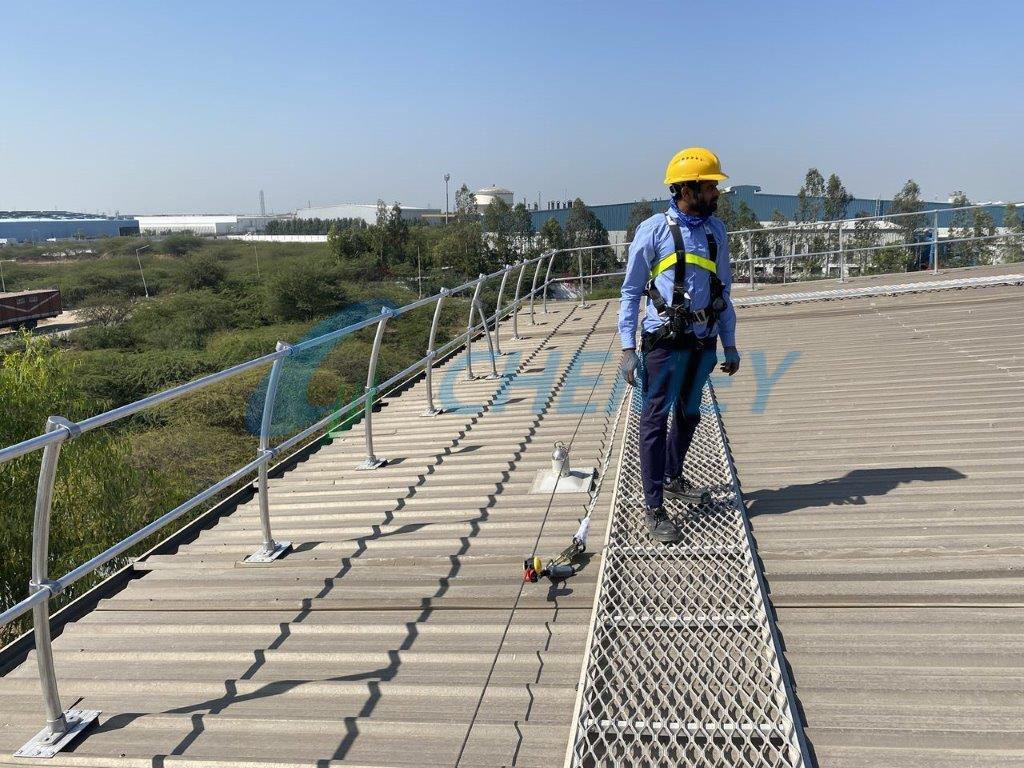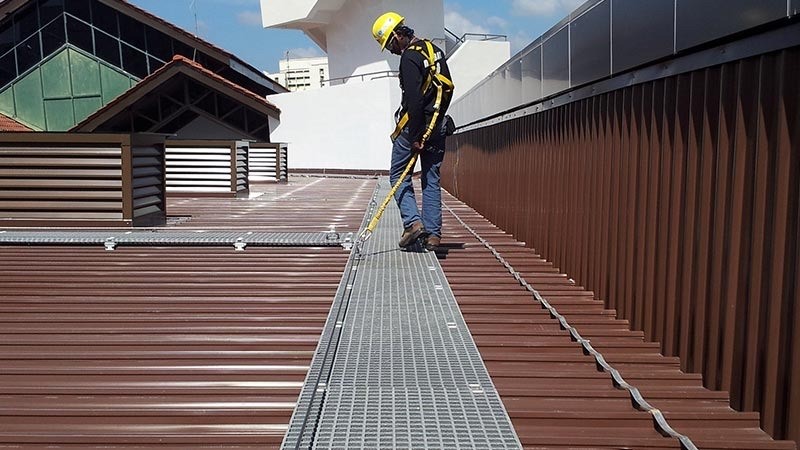Roof Top Safety: Active vs. Passive Fall Protection Systems
Anytime you are tasked to keep someone safe from falling, one decision must be made first. Do I select a Passive System or Active System?
Understanding the difference between passive and active fall protection is a great place to start. From there you will be better informed to pursue one path over another. Knowledge is crucial to safety.
Passive Systems
A Passive System, in short, requires no human interaction to function properly once installed. It has no active mechanisms or moving parts.
These tend to be your guardrails and netting.
Whether you are “using” a rail or not, it is ready to stop a fall. Netting will catch you regardless of if you are paying attention or not. In other words, there is nothing for you to do to get passive systems to keep you safe.

Active Systems
Active Systems are the opposite. As you would suspect, active fall protection requires human interaction to keep one safe.
This could be an anchor point, horizontal lifeline, vertical lifeline, overhead rigid rail, or anything that requires action from the worker to be safe.
Which Should I Use?
While working at heights, using an active system requires initiative from the worker. The worker will first need to have a full body safety harness.
They will then attach an acceptable lanyard to themselves and the system depending on their scenario. This could be anywhere from a 3’ shock absorbing lanyard to a 30’ self-retracting lifeline.
Now assuming that the active system was engineered structurally, up to date with its visual and annual inspections, adequately trained to workers and that a rescue plan is in place, you might be safe.
What’s the alternative?
Install a guardrail.
Of course, OSHA requires training for anyone working at heights. However, you cannot deny the simplicity of Installed Guardrail to prevent someone from falling form Height.
We know that there are times when passive systems are not possible. Active systems have their place in this industry. With the knowledge of these two options, you are better equipped to select the best system for your scenario.




